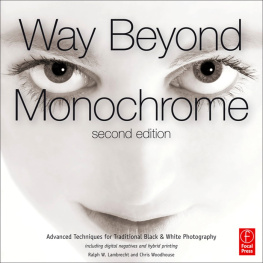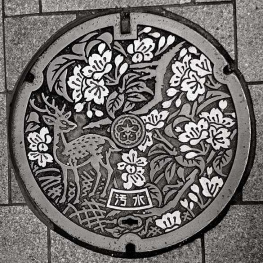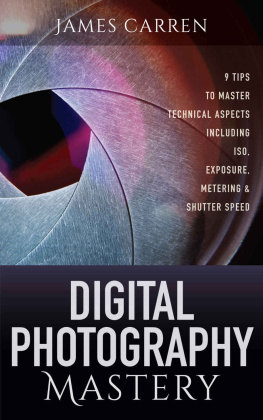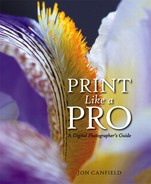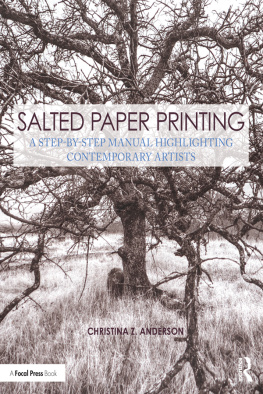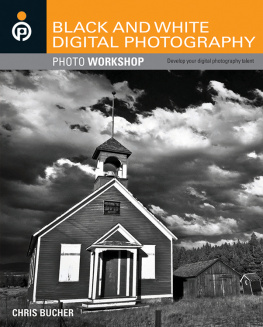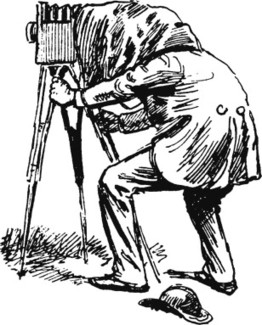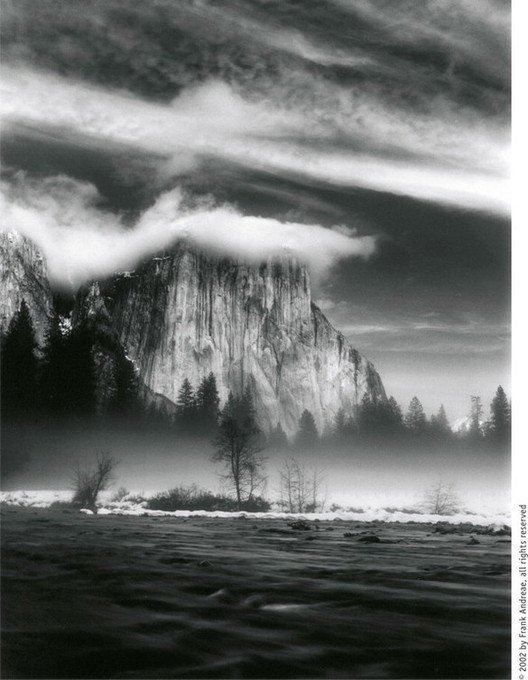Ralph W. Lambrecht - Way Beyond Monochrome 2e: Advanced Techniques for Traditional Black & White Photography including digital negatives and hybrid printing
Here you can read online Ralph W. Lambrecht - Way Beyond Monochrome 2e: Advanced Techniques for Traditional Black & White Photography including digital negatives and hybrid printing full text of the book (entire story) in english for free. Download pdf and epub, get meaning, cover and reviews about this ebook. year: 2010, publisher: Focal Press, genre: Romance novel. Description of the work, (preface) as well as reviews are available. Best literature library LitArk.com created for fans of good reading and offers a wide selection of genres:
Romance novel
Science fiction
Adventure
Detective
Science
History
Home and family
Prose
Art
Politics
Computer
Non-fiction
Religion
Business
Children
Humor
Choose a favorite category and find really read worthwhile books. Enjoy immersion in the world of imagination, feel the emotions of the characters or learn something new for yourself, make an fascinating discovery.
- Book:Way Beyond Monochrome 2e: Advanced Techniques for Traditional Black & White Photography including digital negatives and hybrid printing
- Author:
- Publisher:Focal Press
- Genre:
- Year:2010
- Rating:4 / 5
- Favourites:Add to favourites
- Your mark:
Way Beyond Monochrome 2e: Advanced Techniques for Traditional Black & White Photography including digital negatives and hybrid printing: summary, description and annotation
We offer to read an annotation, description, summary or preface (depends on what the author of the book "Way Beyond Monochrome 2e: Advanced Techniques for Traditional Black & White Photography including digital negatives and hybrid printing" wrote himself). If you haven't found the necessary information about the book — write in the comments, we will try to find it.
Photo Techniques Magazine stated: All our readers need to know about this very useful book. Indeed, there is no other compendium that is as in-depth as this for the beauty and magic of fine-art black-and-white photography. With 560 pages and over 1,000 illustrations, Way Beyond Monochrome starts with conceptual lessons of composition and takes you through image capture, exposure, controlling tonality, variable-contrast paper, archival printing, mounting, framing and presentation with simple concepts to an advanced level. This new edition has been completely revised and heavily expanded, adding over 250 pages to the original edition with new chapters on print mounting, spotting, framing, digital negatives, utilizing digital technologies for alternative processes, and fabulous do-it-yourself projects. Overall, the authors have created a thoroughly researched, technologically sound yet aesthetically pleasing, inspirational bible for monochrome photography.
New to this edition:
- almost double the content
- a new section discussing the path from visualization to print, illustrating the interaction between eye and brain, explaining the rules of composition and when to break them to produce photographs with impact
- a new section on presentation including hands-on mounting, matting, spotting, and framing
- image capture has a more in-depth focus, now covering pinhole photography and digital capture
- now includes making and printing with digital negatives
- a new section discussing the pros and cons of typical image-taking and image-making equipment
- plus new do-it-yourself projects, including many darkroom tools and an electronic shutter tester
- a useful collection of templates, to copy, cut-out and take with you in your camera bag or use in the darkroom
- an appendix with all the recipes to make your own darkroom chemicals from scratch
- all illustrations improved and updated
- improved index with 1,400 references
Ralph W. Lambrecht: author's other books
Who wrote Way Beyond Monochrome 2e: Advanced Techniques for Traditional Black & White Photography including digital negatives and hybrid printing? Find out the surname, the name of the author of the book and a list of all author's works by series.

